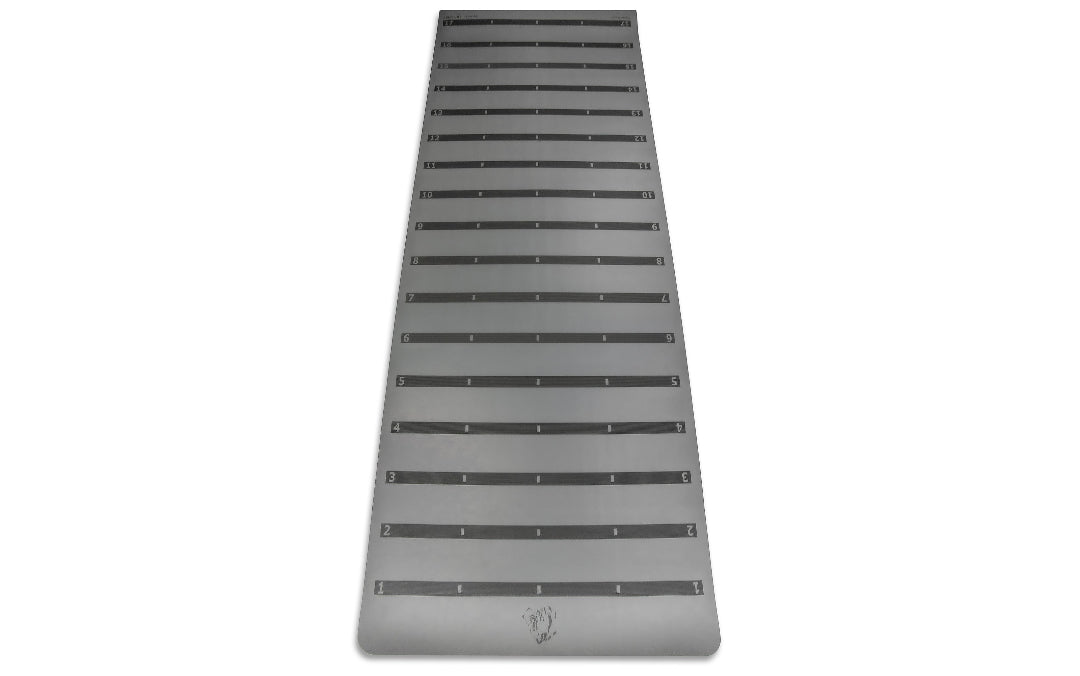In the world of fitness, precision is key. Whether you’re working through a yoga sequence, performing squats, or doing bodyweight exercises, proper alignment is crucial for maximizing performance and preventing injury. One often overlooked element that plays a vital role in achieving this precision is the use of visual cues. Marked fitness mats are designed with lines that guide the body’s movement and positioning, helping to optimize posture and technique. The science behind these visual cues lies in how our brain processes information from our eyes and translates it into physical action, providing both cognitive and physical benefits during exercise.
At the core of how visual cues work in fitness is the connection between the eyes, the brain, and the body. Wh en you see a line on the mat, your brain instantly uses it as a reference point for positioning. This allows your body to adjust its movements more precisely. Essentially, your brain relies on visual feedback to guide your actions; whether it's ensuring your feet are spaced correctly during a squat or keeping your body aligned in a plank pose. By having these markings on the mat, you give your brain clear guidelines that help it map out how to move, ultimately leading to better control and more accurate positioning.
en you see a line on the mat, your brain instantly uses it as a reference point for positioning. This allows your body to adjust its movements more precisely. Essentially, your brain relies on visual feedback to guide your actions; whether it's ensuring your feet are spaced correctly during a squat or keeping your body aligned in a plank pose. By having these markings on the mat, you give your brain clear guidelines that help it map out how to move, ultimately leading to better control and more accurate positioning.
The impact of visual cues goes beyond just alignment. They also boost confidence and focus during your workout. For example, in yoga, having marked lines can give you a sense of where your hands or feet should be placed in a pose, which makes it easier to settle into the position without second guessing. Similarly, in strength training, you can use the markings to ensure you’re lowering into a squat with the right depth or keeping your back straight during deadlifts. Without these cues, it’s easy to lose track of form, especially during complex movements or fast-paced routines. The visual reference points help keep your mind focused on the exercise itself, rather than worrying about whether you're doing it right.
Finally, the addition of lines on a mat makes fitness more approachable and accessible. For beginners or people new to certain exercises, it can feel overwhelming to know if you're doing something correctly, especially when you're trying to remember multiple cues at once. The markings simplify this process by offering a straightforward way to ensure proper form. This visual guidance not only makes workouts safer but also helps build a better mind-body connection, allowing users to feel more in control of their movements.
In conclusion, marked fitness mats offer much more than just a clean, organized workout space. The visual lines provide valuable cues that improve alignment, focus, and performance. By using these markers to guide their movements, fitness enthusiasts can train with greater precision and confidence, whether they’re doing yoga, strength training, or high-intensity workouts. Ultimately, the simple addition of lines on a mat can transform the way we approach fitness, making each workout smarter, safer, and more effective.




